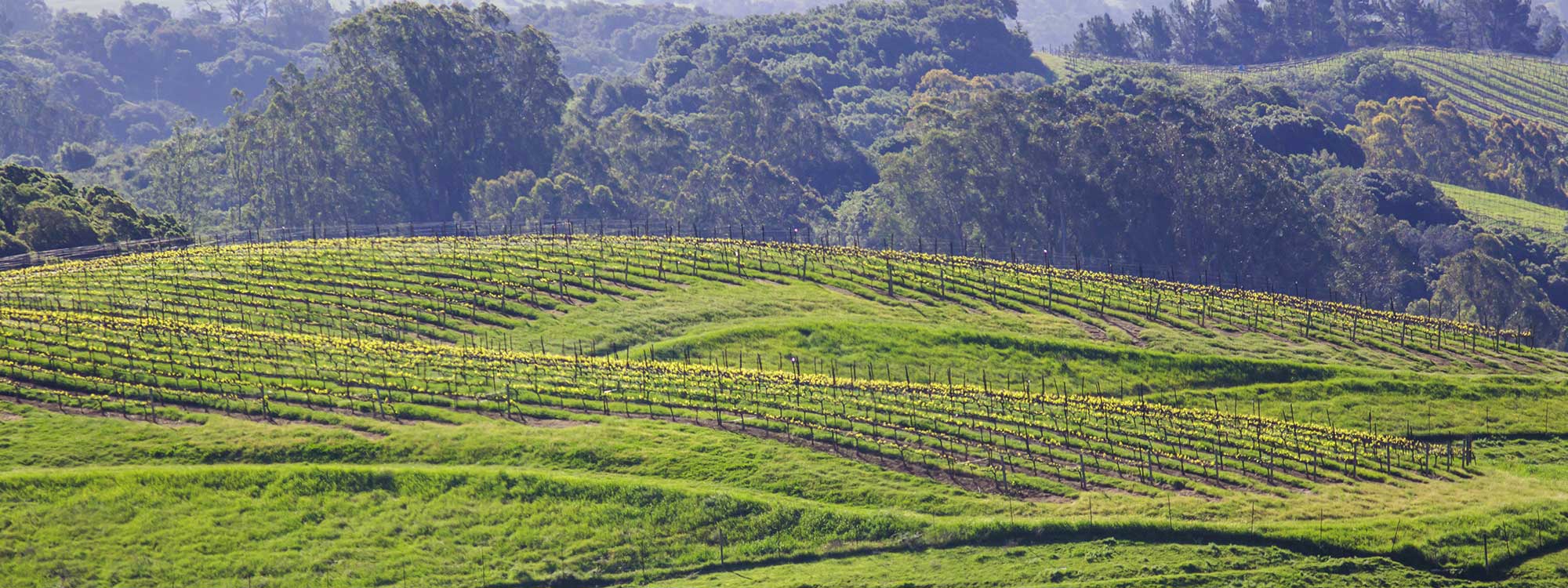Greenbelt Alliance is thrilled to share that critical greenbelt lands in Napa are one step closer to being protected!
We’ve been working with community members and neighborhood groups to call on the City of Napa to keep Napa Oaks and Timberhill areas free from development. On Monday, August 31, after citing a letter we submitted to the City, Napa’s General Plan Advisory Committee unanimously agreed to zone these areas as Greenbelt, which aligns with what we’ve been advocating for. Our local advocacy partner shared that, “…your organization has been instrumental in making this happen…thank you for being a part of keeping our hillsides free of development.”
This recommendation to zone Napa Oaks and Timberhill as Greenbelt will be instrumental when the Planning Commission meets later this month and then when the City Council convenes in October for ratification.
Designating the Napa Oaks and Timberhill areas as Greenbelt will prevent increased development of high-end and luxury development, which is not the kind of growth we need to address affordable housing needs.
What we need is for most new development to occur in focus areas and downtown. Doing so provides ample opportunities for climate SMART development with Sustainable, Mixed-use Affordable, Resilient, and Transit-oriented development and improved bicycle and walking options while preserving the character and historic area of the city of Napa.
We have previously supported Napa’s Planning Commission and City Council in denying the proposed change in land use for Napa Oaks to allow for luxury development. Now two years later, the reasons for maintaining the natural profile of Napa Oaks, along with Timberhill, and focusing on downtown development is more critical than ever.
With climate change and wildfire threats accelerating, it is essential to maintain green buffers around our communities to provide open space, clean air and water, and fire protection. When it comes to fire protection, we’ve seen how greenbelts around towns have given firefighters room to better defend homes and lives.
“…your organization has been instrumental in making this happen…thank you for being a part of keeping our hillsides free of development.”
Carol Barge, Napa advocacy partner
And with COVID-19, we’ve found that open spaces are critical to maintaining mental and physical health when we are limiting our activities and interactions to avoid spreading the virus. More people than ever before are spending time in our parks and open spaces, appreciating them in new ways.
In our 2017 At Risk report, Greenbelt Alliance identified the Napa Oaks site as among the most at-risk greenbelt lands not just in Napa County, but in the entire Bay Area. And though we also recognize Napa County as a leader in the protection of our valuable greenbelt lands, it is critical that this leadership be reflected in the protection of the Napa Oaks and Timberhill areas.
Around the Bay Area, most of the greenbelt lands that remain at high risk of development are on the edge of existing development. Instead of developing these vulnerable and important lands on the urban edge, Greenbelt Alliances urges decision makers and communities like Napa to support city-centered growth near downtowns, transportation and services.
When it comes to providing affordable and workforce housing, the best place to build is close to jobs, schools, shops and services, not in the wildland-urban interface—the area where human made structures and infrastructure are in or adjacent to areas prone to wildfire.
It is the wrong place and the wrong time to increase development on greenbelt lands, which conflict not only with the General Plans, but with regional and state policies to grow more sustainably, produce more affordable homes closer to jobs and transit, and reduce Vehicle Miles Traveled (a major objective in efforts to reduce vehicular congestion and achieve regional air quality goals).
So while we celebrate the General Plan Advisory Committee’s recommendation to zone the Napa Oaks and Timberhill areas as Greenbelt, we will continue to advocate for the protection of this land through the Planning Commission and City Council decisions to come.
For questions about our work in Napa County, please contact North Bay Regional Director, Teri Shore.
Photo: Melissa McMasters via Flickr




